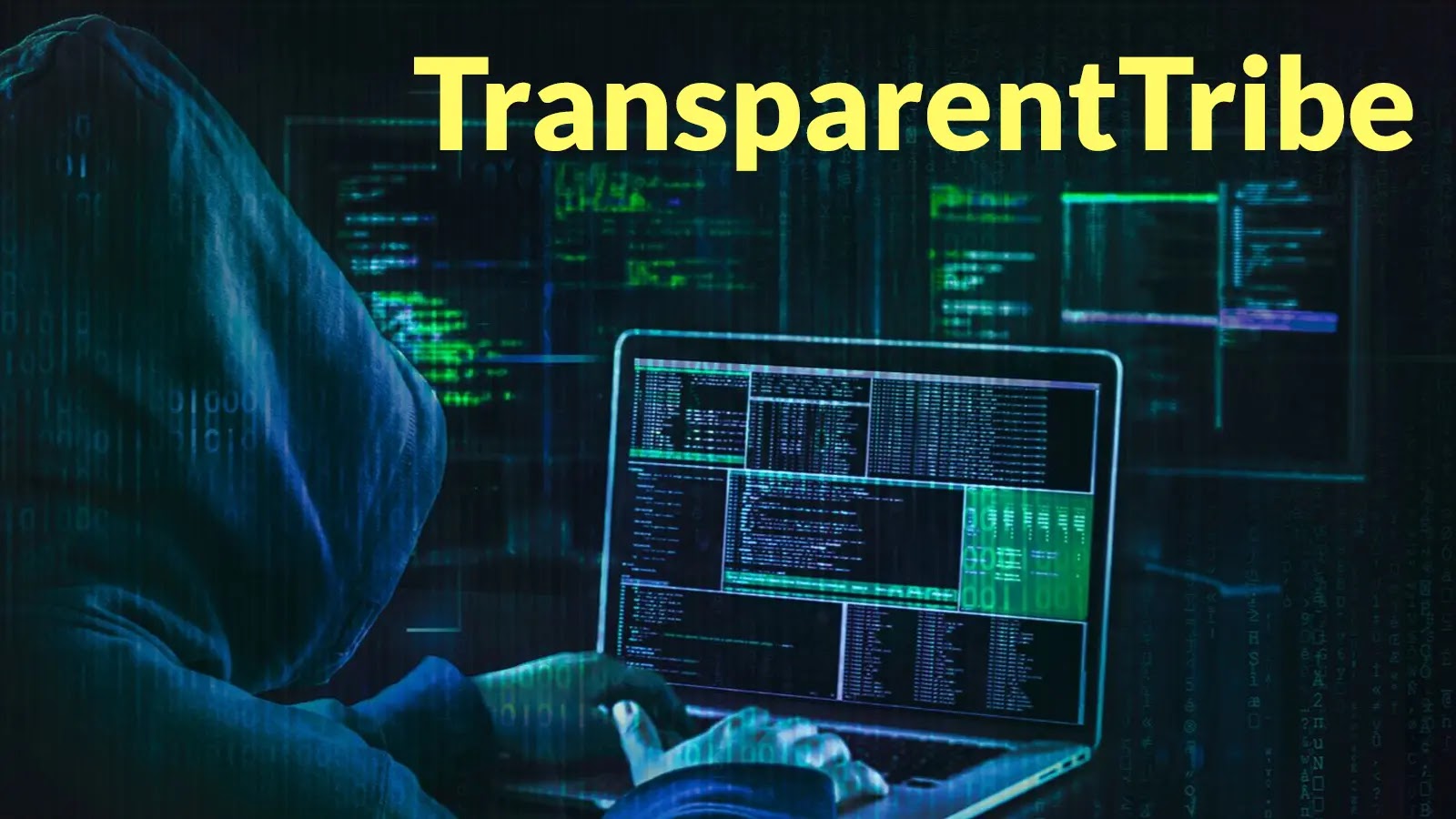TransparentTribe, also known as APT36, is a Pakistan-based cyber espionage group active since at least 2013. Recently, they’ve intensified their operations against Indian military and defense organizations, focusing on Linux-based systems. This shift marks a significant evolution in their tactics, showcasing their commitment to maintaining cyber dominance over Indian defense infrastructure.
Emergence of DeskRAT
In July 2025, cybersecurity firm CYFIRMA identified a new campaign by TransparentTribe, tracing activities back to June 2025. Central to this campaign is DeskRAT, a sophisticated remote access trojan (RAT) developed using the Go programming language. DeskRAT signifies a notable advancement in the group’s technical capabilities, enabling them to establish persistent access to compromised systems.
Infection Chain and Delivery Mechanism
The attack begins with phishing emails containing malicious ZIP archives. These archives are cleverly named to appear legitimate, such as MoM_regarding_Defence_Sectors_by_Secy_Defence, to evade initial detection. Upon extraction, the archive reveals a DESKTOP file that masquerades as a PDF document, complete with a PDF icon to enhance the deception.
When an unsuspecting user executes this file, it initiates a complex infection chain. The DESKTOP file employs an ingenious obfuscation technique, embedding malicious Bash commands within thousands of lines of commented PNG image data. The actual `[Desktop Entry]` section, containing the malware execution instructions, is strategically placed between two massive blocks of PNG data, effectively concealing the payload from casual inspection.
The Bash one-liner executed upon file activation orchestrates a sophisticated multi-stage payload delivery. It generates a unique filename in the `/tmp/` directory using a timestamp, then downloads an encoded binary from a remote staging server using `curl` with specific error-handling flags. The downloaded content undergoes dual decoding: initial hexadecimal conversion using `xxd`, followed by Base64 decryption. Once decoded, the payload executes directly through `eval`, granting immediate control of the system to the attackers.
Simultaneously, the infection chain launches Firefox to display a decoy PDF document hosted on the attacker’s server. This creates the illusion of a legitimate document opening while the RAT silently establishes its presence, providing social engineering cover for the malware installation.
Technical Infrastructure and Evolution
Initially, TransparentTribe’s phishing emails directed targets to ZIP files hosted on legitimate cloud services like Google Drive. However, the operation has since shifted to dedicated staging servers. This evolution demonstrates the group’s operational security awareness and an attempt to avoid reliance on third-party platforms that could be more easily monitored or suspended by security teams.
Sekoia analysts identified and analyzed the evolution of this campaign through their threat detection systems, discovering new samples in August and September 2025 that revealed an updated infection chain. The researchers implemented multiple YARA rules to track the activity and found samples previously unknown to other security vendors, indicating the group’s efforts to stay ahead of conventional detection mechanisms. This discovery underscores the sophistication and evolving nature of TransparentTribe’s operations.
Command and Control Communications
DeskRAT maintains command and control communications through WebSocket connections, enabling real-time interaction between the attackers and compromised systems. The malware’s Golang implementation provides cross-platform compatibility and enhanced persistence capabilities, making it particularly effective against the diverse Linux environments deployed throughout Indian military infrastructure.
Implications and Recommendations
The emergence of DeskRAT highlights a significant shift in TransparentTribe’s targeting strategy, focusing on Linux-based systems within Indian military organizations. This development underscores the need for enhanced cybersecurity measures, including:
– User Education: Training personnel to recognize phishing attempts and the risks associated with executing unknown files.
– Email Filtering: Implementing advanced email filtering solutions to detect and block malicious attachments.
– Endpoint Detection: Deploying endpoint detection and response (EDR) solutions capable of identifying and mitigating sophisticated malware threats.
– Regular Updates: Ensuring all systems are regularly updated to patch known vulnerabilities.
By adopting these measures, organizations can bolster their defenses against evolving cyber threats posed by groups like TransparentTribe.


